Livestock
All Livestock Content
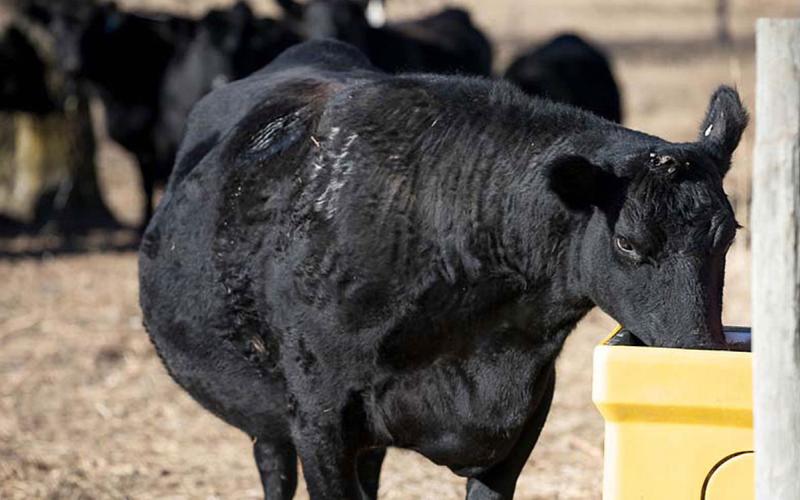
Weather and Water Intake in Beef Cattle
Water is a vital nutrient for beef cattle health and performance, and it is important to understand how weather can influence water intake during periods of warmer and cooler weather.

SDSU Extension welcomes new Beef Nutrition Field Specialist to Mitchell office
September 08, 2023
South Dakota State University Extension is pleased to welcome Sydney Vanderhoff as a new Beef Nutrition Field Specialist.

What’s the Beef With Ground Beef?
Unpack some of the common myths about the appearance, quality and processing of store-bought ground beef products.

Indicators of Heat Stress
All cattle experience heat stress, whether they are in the feedlot or out on pasture. Learn some key indicators to watch for when herds are faced with extreme heat events.
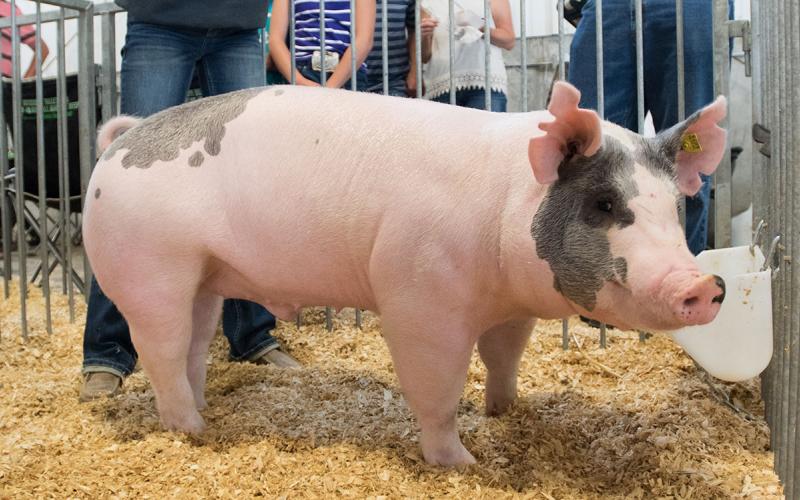
Show Pig Season
Show pig season is a culmination of dedication, passion, and hard work, and the process of raising pigs to show involves a delicate balance of proper nutrition, exercise, and grooming.
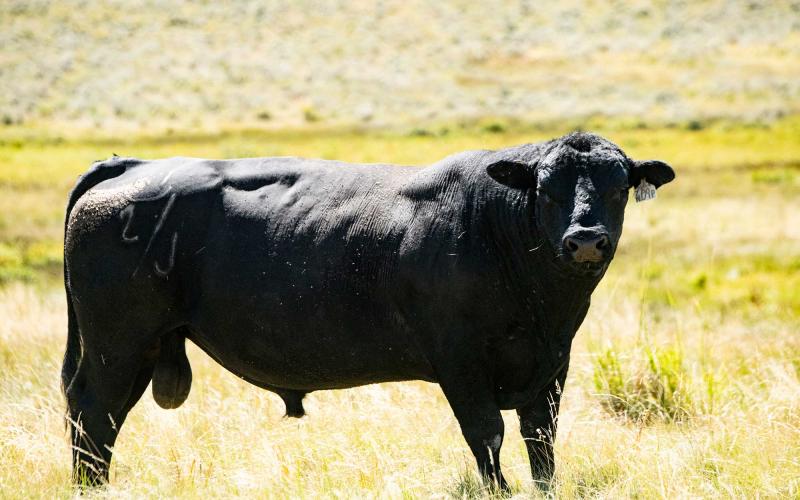
How Many Bulls Do You Need When Synchronizing With Natural Service?
The use of estrous synchronization with natural service provides an opportunity to utilize the benefits of synchronization. However, the first question producers ask is, “How many more bulls do I need?”
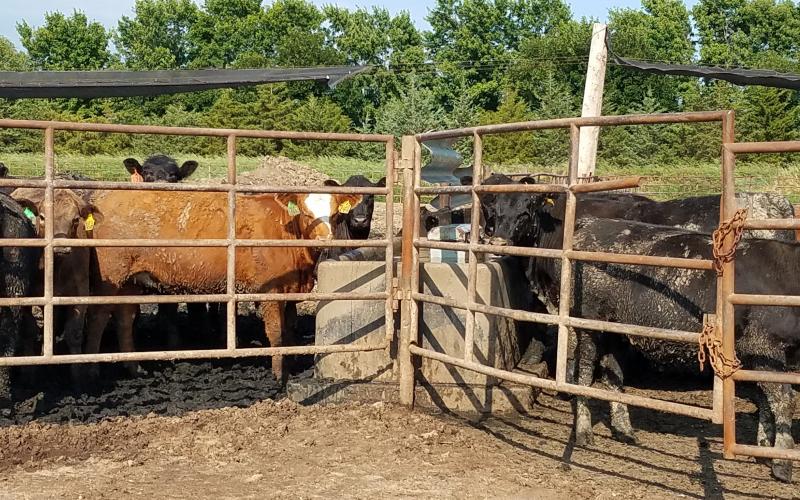
Adding Value to Corn Through Cattle
What is the “best” way to evaluate profitability of an enterprise, more specifically feeding cattle?

Feed Bunk Management
A successful slick bunk feeding program matches dry matter intake (DMI) to the cattle’s appetite as closely as possible and keeps DMI consistent from day-to-day.

Harvesting High-Moisture Corn and Earlage
Producers who raise both corn and cattle have the option of harvesting some or all of their corn acres as a high-moisture grain crop to be marketed through cattle. There are several advantages to harvesting corn earlier at a high-moisture content.
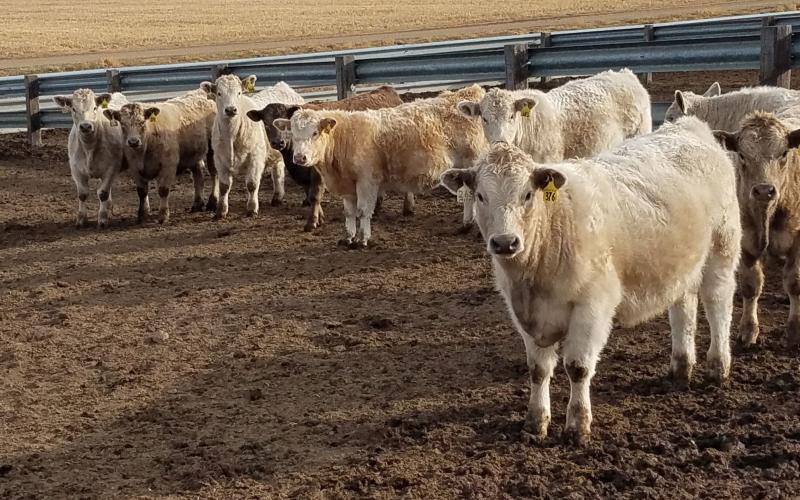
Feeding Value of Light Test Weight Corn
Whether due to planting delays, a cooler growing season, or an unexpectedly early frost, stress factors sometimes result in crops that do not meet standard test weight requirements. So how does reduced test weight affect the feeding value of corn and cattle performance?